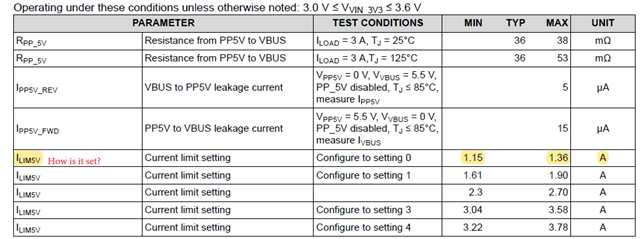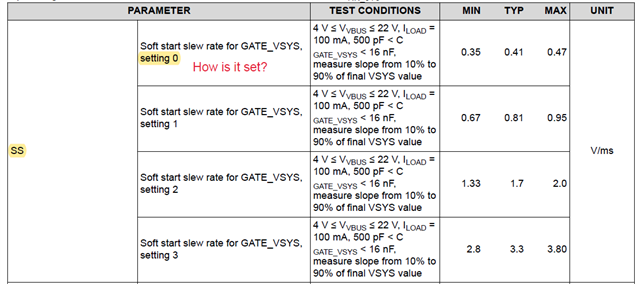Other Parts Discussed in Thread: BQ25792, TUSB320LAI, USB2ANY, USB-PD-CHG-EVM-01
Hi Team,
Good day! Could you help us answer our customer's concern as shown below.
Application description:
We use NXP iMX7 Dual Application Processor (AP) with USB 2.0 OTG controller in our 2S Li-ion battery powered test equipment Profitest Master MF. USB 2.0 OTG controller requires ID signal to decide if it should be Host or Device. We want to use one USB Type-C receptacle for USB 2.0 data communication as DRP (Dual Role Port) or we want to use the same connector for battery charging - Power consumer 45W (i.e. we are power source and power sink). We want to use TI chipset TPS25750 + BQ25792 for this application. We do not want to use e-marked cable, so we will use max current 3A.
Questions:
- Are there any Linux drivers avaiable for chipset TPS25750 and BQ25792?
- Which GPIO mapped event of TPS25750 can be used as OTG ID signal for iMX7 USB OTG Controller?
- When working as a Host/Power provider we want to use BQ25792 OTG mode and avoid using extra 5V DC/DC Power and leave PP5V unconnected. Is it possible? Which configuration select in TPS25750_Application_Customization_Tool Are you a power source (provider) and a power sink (consumer)? Section? There are no such configuration without 5V DC/DC.
- What select in TPS25750_Application_Customization_Tool “What is the maximum power that can be sourced?” when we want to source USB2.0 default power 5V/500mA only?
- Do the BQ25792 registers contain information that could be used to continuously indicate the percentage of battery charge? If yes can you provide a guide and a formula?
- In TPS25750 Application Customization Tool I miss some configuration features for BQ25792:
- Setting of VSYSMIN
- Setting of VRECHG
- IOTG and VOTG
- PRECHG_TMR
- Is it possible to setup VBAT_UVLOZ for 1S,2S,3S 4S cells?
- Does BQ25792 affect USB data lines D+, D-? Can D+ and D- be connected directly to BQ25792 and to USB controller?
- How and where following parameters of TPS25750 can be set?
A. Page 11, ILIM5V

B.Page 13, SS

C. Page 17, ILIMVC

Thank you in advance for your support.
Best regards,
Jonathan

